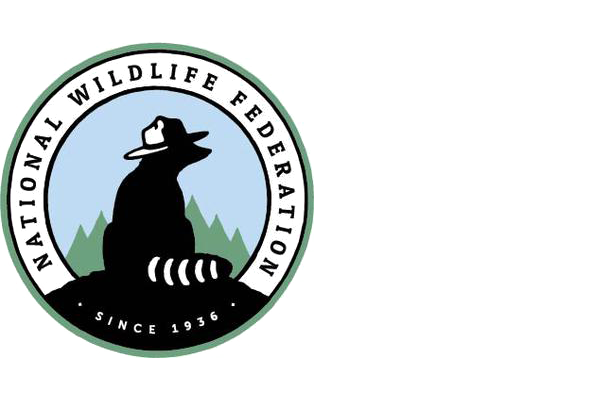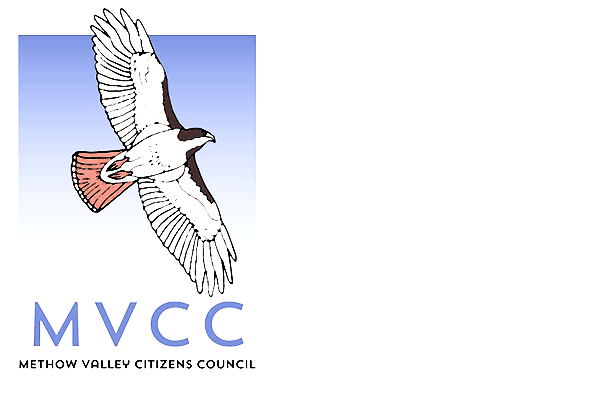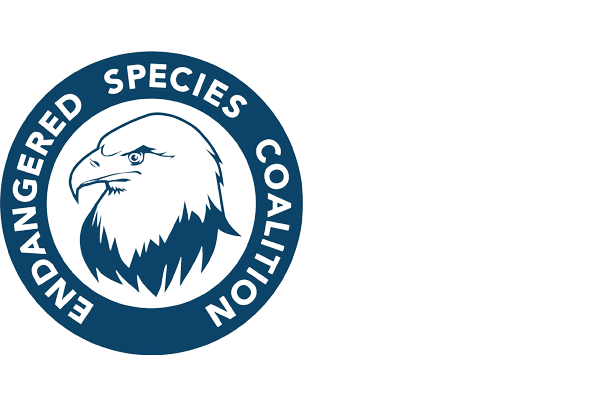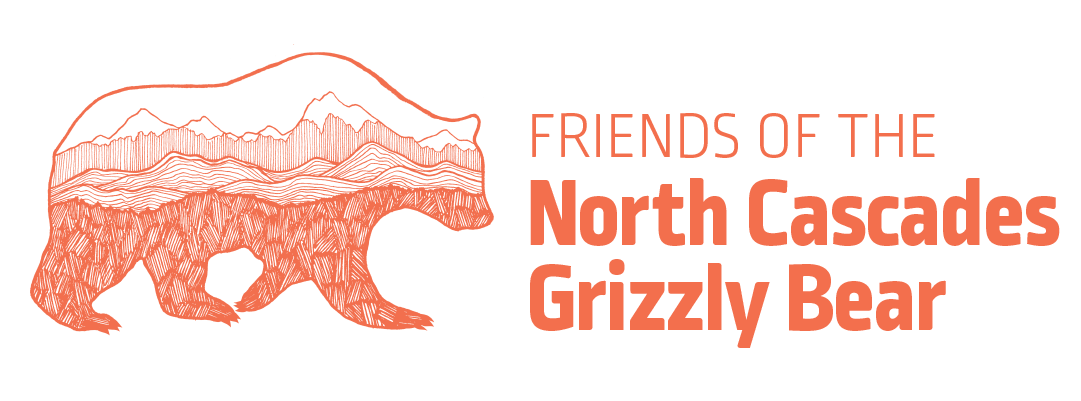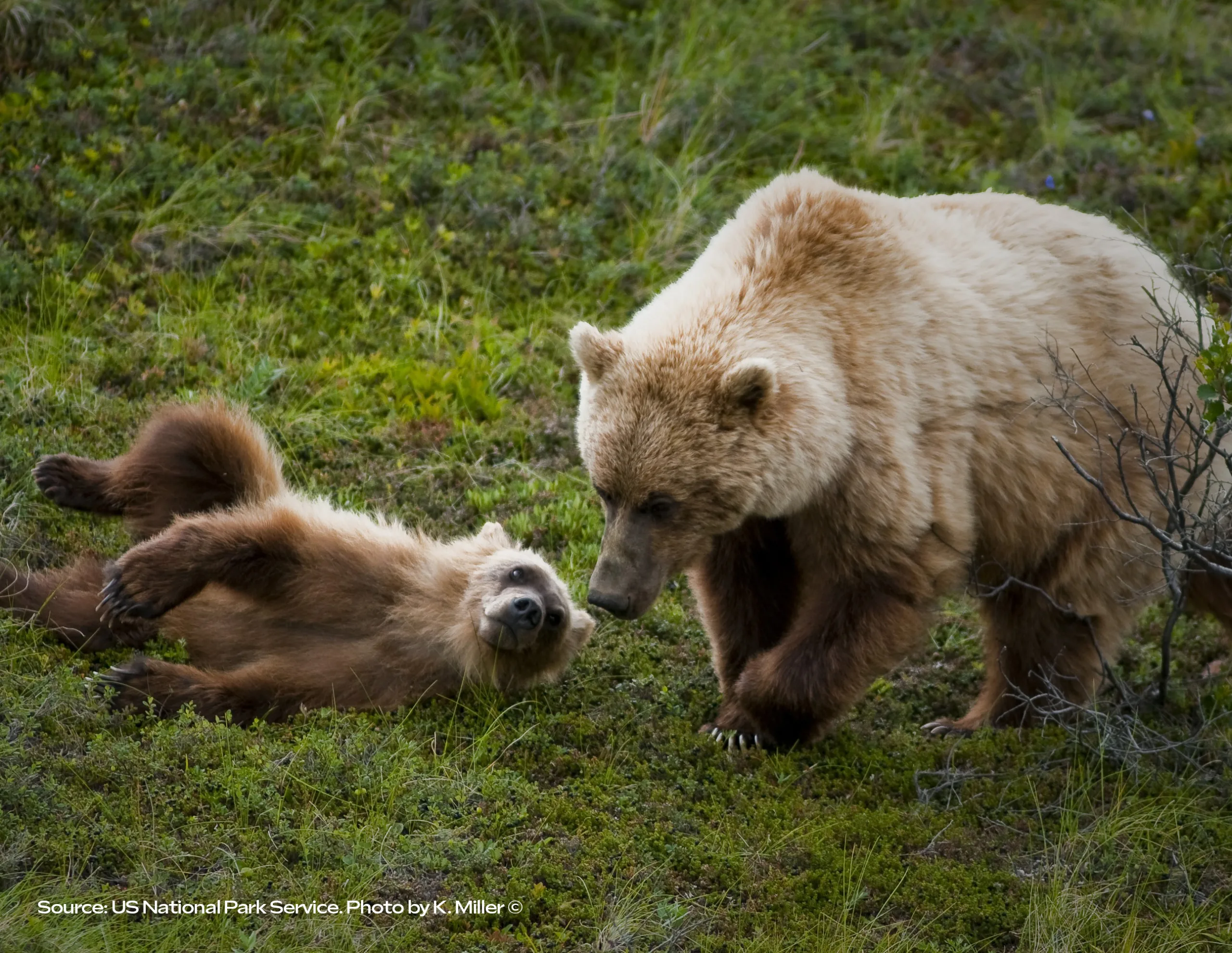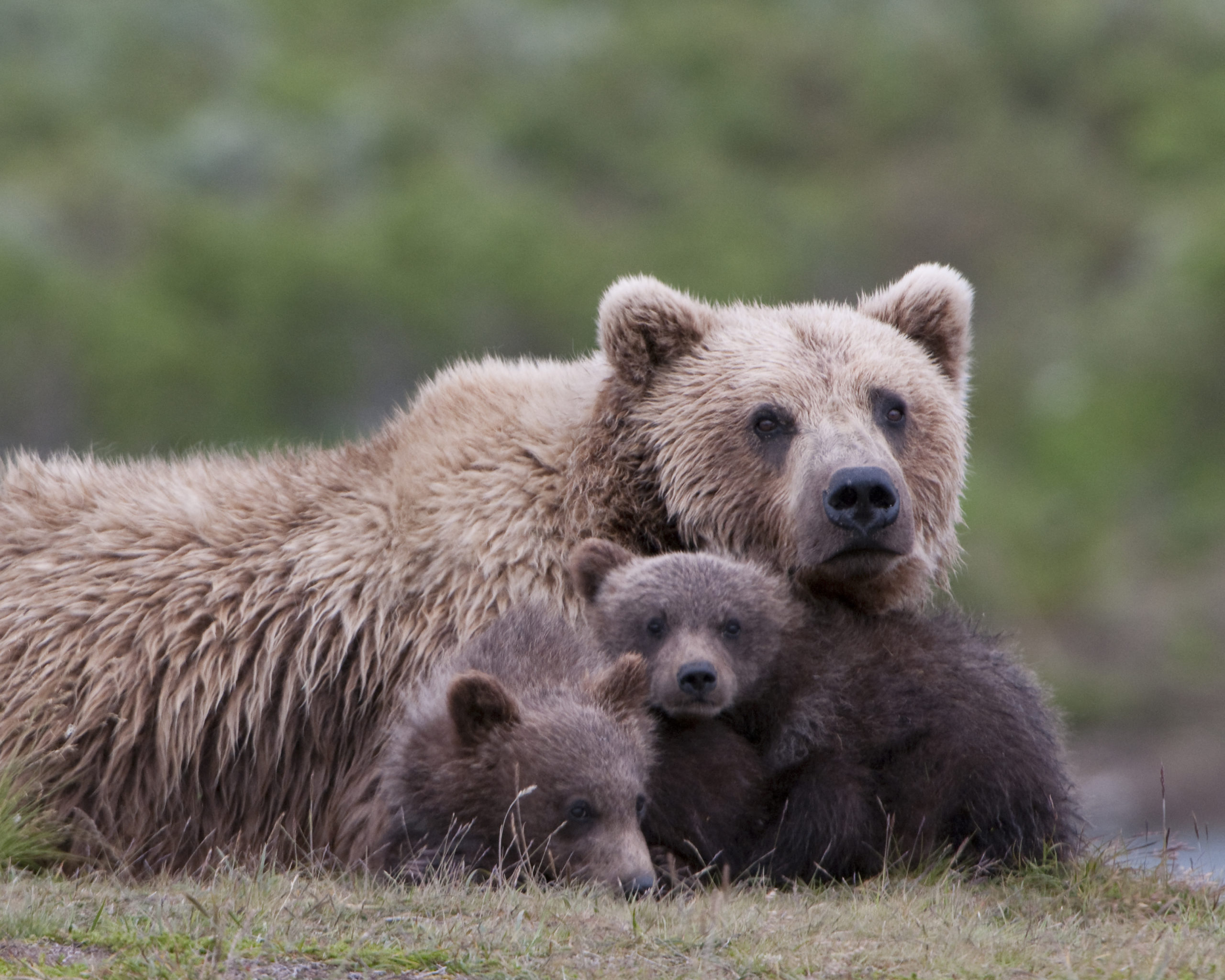FOR IMMEDIATE RELEASE
Today, the National Park Service and U.S. Fish and Wildlife Service released a draft plan to restore grizzly bears to the North Cascades Ecosystem (NCE), a region they roamed for thousands of years. The public may submit comments on the proposal through November 13, 2023.
The Friends of the North Cascades Grizzly Bear coalition praises the resumption of the draft plan and environmental impact statement, which takes a major step in bringing grizzly bears back to a suitable ecosystem spanning from Washington into British Columbia.
“The time has come for the grizzly bear to return to its habitat to take its place in the indigenous ecosystem,” said Scott Schuyler, policy representative for the Upper Skagit Tribe, whose territory lies within the recovery zone. “The Upper Skagit successfully coexisted with grizzly bears for thousands of years, and we should once more.”
The North Cascades is one of North America’s premier intact ecosystems, but it is incomplete without grizzly bears.
This is the second attempt by the agencies to restore grizzlies to the NCE after a 2015 process was halted by the Trump administration in 2020. At the time, more than 159,000 members of the public wrote comments supporting the reintroduction of grizzlies.
“I look forward to sharing the remarkable recovery of the North Cascades grizzly with future generations,” said Gordon Congdon, retired Wenatchee orchardist and former executive director of the Chelan-Douglas Land Trust. “Our work to restore the last missing mammal in the North Cascades will fulfill our unparalleled responsibility to pass down the natural heritage of the North Cascades to our children and grandchildren.”
The NCE is one of two federal grizzly recovery areas without an established population of bears, and natural bear migration is unlikely to repopulate it. Instead, based on decades of thorough research, wildlife biologists suggest safely relocating existing bears into the North Cascades.
“Grizzlies and humans coexist elsewhere in the West,” said Skagit County local Jack Oelfke, an avid hiker and former National Park Service manager. “We need to muster the courage and humility to bring them back as a critical part of our shared wild landscape here in the North Cascades.”
“Many rural residents living in the North Cascades recognize that they are in grizzly bear habitat,” said Jasmine Minbashian, executive director of the Methow Valley Citizens Council. “They recognize that as a native species, grizzlies were here before them and we should make room for them to return.”
During the 45-day comment period, the agencies will gather public input to develop their final strategy on grizzly reintroduction in north-central Washington. Public comments can now be submitted here.
“Restoring grizzlies to their historic range in the North Cascades is an opportunity to redress a legacy of human-wildlife conflict and enable these incredible animals to inspire future generations.”
– Kathleen Callaghy, Northwest Representative for Defenders of Wildlife
“The grizzly is still the consummate North American wildlife icon. It still has immeasurable ecological and cultural value for our ecosystems and Indigenous and non-Indigenous communities and should be restored in its traditional home.”
– Joe Scott, International Programs Director for Conservation Northwest
“Americans love our national parks because they are spectacular places where wildlife can thrive in abundance. Restoring grizzly bears to the North Cascades will enshrine the wild character of the park, and honor our shared commitment to coexist with all creatures, big and small.”
– Graham Taylor, Program Manager for the National Parks Conservation Association
“The draft EIS is a critical milestone on the path to restoring grizzlies as our last missing large mammal in the North Cascades. This huge, wild ecosystem has more than enough space and food to once again support a healthy grizzly bear population, but we will all have to work together to make sure we can coexist with these magnificent animals into the future.”
– Paula MacKay, Carnivore Conservation Specialist with Woodland Park Zoo
For media inquiries:
Caitlyn Burford caitlyn@npca.org, 541.371.6452
Andrea Wolf-Buck andrea@conservationnw.org, 510.295.3579
Nick Littman nick@mvcitizens.org, 509.997.0888 ext. 2.
Jacqueline Covey jcovey@defenders.org
###
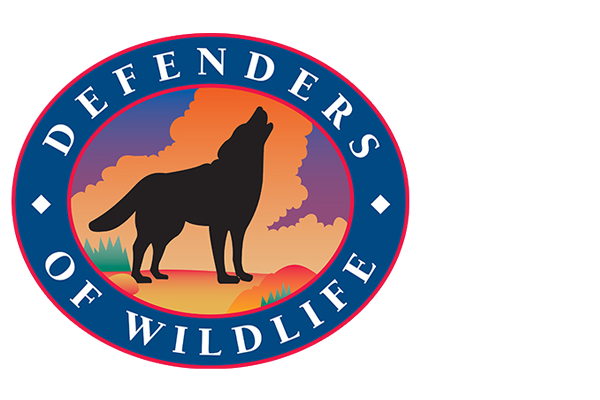
About Defenders of Wildlife: For 75 years, Defenders has fought to protect all native animals and plants in their natural communities. With a nationwide network of nearly 2.2 million members and activists, Defenders of Wildlife is a leading advocate for innovative solutions to safeguard our wildlife heritage for generations to come. For more information, visit defenders.org/newsroom and follow us on Twitter @Defenders.
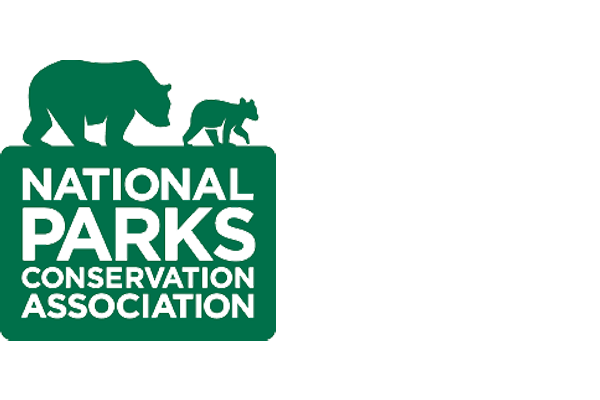
About the National Parks Conservation Association: Since 1919, the nonpartisan National Parks Conservation Association has been the leading voice in safeguarding our national parks. NPCA and its more than 1.6 million members and supporters work together to protect and preserve our nation’s most iconic and inspirational places for future generations. For more information, visit www.npca.org.

About Conservation Northwest: “Keeping the Northwest wild” since 1989, Conservation Northwest is a regional non-profit organization that protects, connects, and restores wildlands and wildlife from the Washington Coast to the British Columbia Rockies. The staff operates in local communities and rural areas around Washington and into southern B.C., using dialogue to find common ground and collaborative solutions for challenging issues including habitat corridors, wilderness conservation, forest restoration and endangered species recovery. Visit www.conservationnw.org.

About Woodland Park Zoo: Founded in 1899, Woodland Park Zoo annually engages more than a million visitors of all ages, backgrounds, abilities, and walks of life in extraordinary experiences with animals, inspiring them to make conservation a priority in their lives. The zoo is helping to save animals and their habitats in the wild through more than 35 wildlife conservation projects in the Pacific Northwest and around the world. Woodland Park Zoo is accredited by the Association of Zoos & Aquariums and certified by the rigorous American Humane Conservation program. The Humane Certified™ seal of approval is another important validation of the zoo’s long-standing tradition of meeting the highest standards in animal welfare. Visit www.zoo.org and follow the zoo on Facebook, Twitter and Instagram.
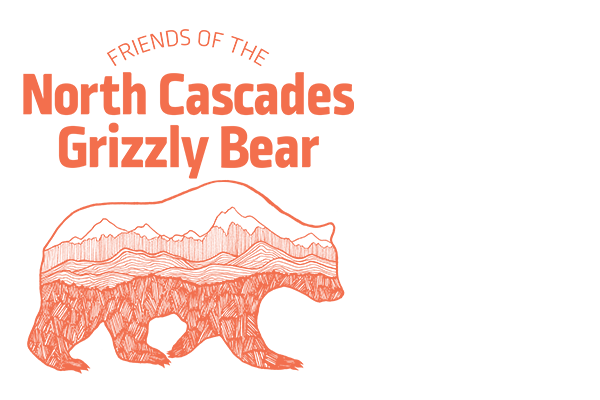
About Friends of the North Cascades Grizzly Bear: Friends of the North Cascades Grizzly Bear is an independent partnership supporting the restoration of a healthy and functioning grizzly bear population in the North Cascades Ecosystem. Supportive resolutions, testimonials, frequently asked questions, resources and helpful links, bear safety information, and more are available on our website. More than two dozen Supporting Organizations and Businesses and over 2,500 Supporting Individuals have signed on as Friends of the North Cascades Grizzly Bear. Steering Committee organizations for this collaborative effort include Conservation Northwest, National Parks Conservation Association, Woodland Park Zoo, Defenders of Wildlife, Northwest Trek Wildlife Park, and the National Wildlife Federation.
